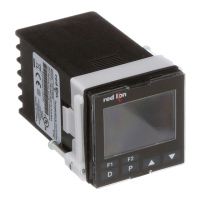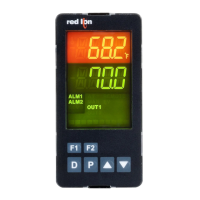Why can't I access programming on my Red Lion Controller?
- JJason BullockAug 5, 2025
If you cannot access programming on your Red Lion Controller, it could be because an active User Input is programmed for PLOC; deactivate the User Input. Alternatively, you may have entered an incorrect access code. Enter the proper access code at the CodE 0 prompt (111 or -111 is the universal access code).




